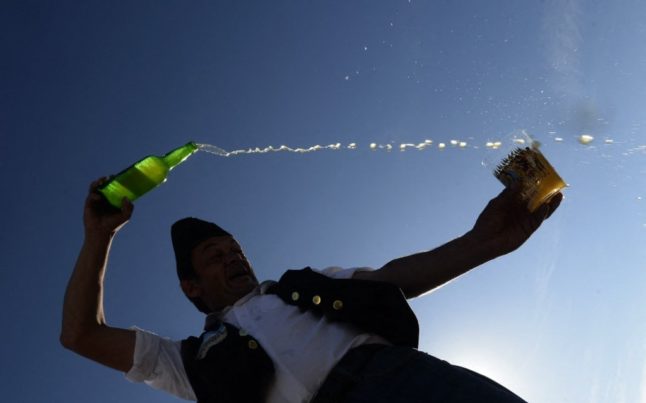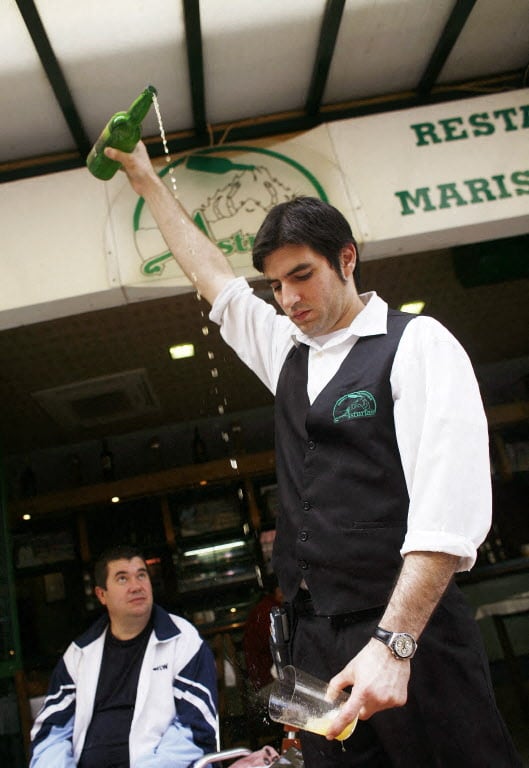OUTBREAK
72-year-old third fatality in Spanish listeria outbreak
A man died after eating tainted meat in Spain, the third fatality in a listeria outbreak that has also seen five women lose their babies.
Published: 31 August 2019 09:39 CEST

A picture taken from Magrudis' website for La Mecha. Photo: Facua
More than 200 people have been infected with the common bacteria which poses a serious threat to elderly people, pregnant women or those with serious health conditions.
The source of the outbreak, which was declared on August 15, comes from a product of pork stuffed with garlic and other condiments sold under the commercial name “la Mecha”.
The delicacy is made by the company Magrudis, based in the southern city of Seville. Its factory has since been closed and its meat recalled from shops.
Here's one of the company's promotional videos.
On Friday, Spain's health ministry and the government of the southern region of Andalusia, the worst affected, said a 72-year-old man who had terminal pancreatic cancer died from the infection.
That comes on top of the deaths of two elderly women this month.
The ministry and regional government both told AFP on Friday that five women had also lost their babies after eating the tainted meat, one in Madrid and the others in Andalusia.
In a statement, the health ministry warned: “The appearance of new cases cannot be ruled out in the coming days.”
But it said, “there is a drop in the number of confirmed cases since the start of the outbreak.”
Url copied to clipboard!




 Please whitelist us to continue reading.
Please whitelist us to continue reading.
Member comments